
Throughout history, the world has come dangerously close to the brink of nuclear war on several occasions. From tense political standoffs to sheer human error, these close calls have shaped the course of global security. In this article, we will explore the top 3 moments in history when nuclear war almost became a reality. These incidents remind us just how fragile peace can be, and how close we are to global catastrophe. Let’s dive into these chilling moments and see how we narrowly avoided disaster.
1.The Cuban Missile Crisis: The Most Dangerous Nuclear War Close Call in History
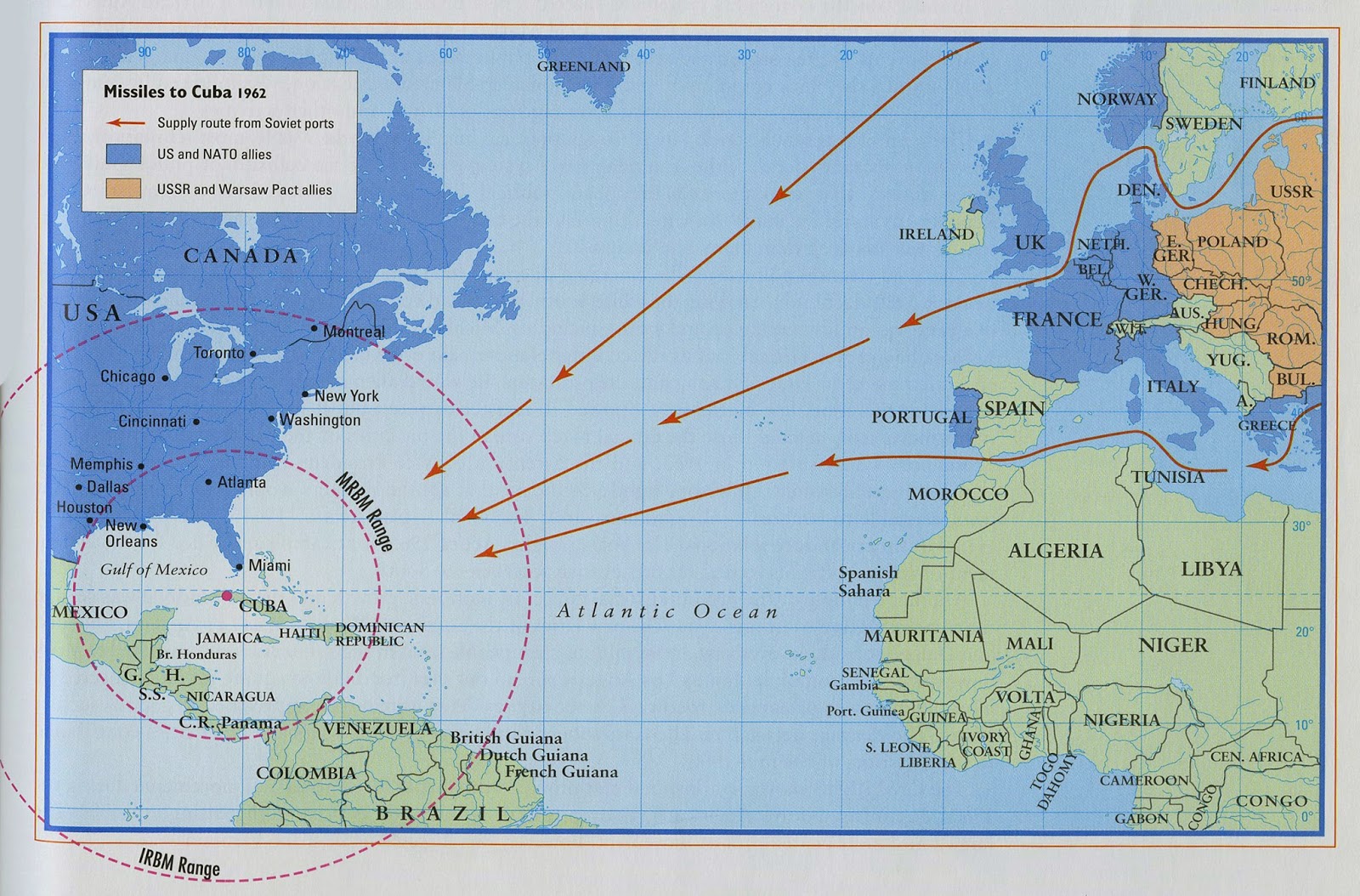
In October 1962, tensions between the United States and the Soviet Union reached a boiling point, bringing the world dangerously close to nuclear war. During the Cuban Missile Crisis, Soviet nuclear missiles were discovered on the island of Cuba, just 90 miles off the coast of Florida.
This discovery set off a tense 13-day standoff that had the potential to trigger a global nuclear conflict
Key moments of the crisis included direct communication between U.S. President John F. Kennedy and Soviet Premier Nikita Khrushchev, as both sides weighed the possibility of escalation. With thousands of nuclear warheads on the line, any misstep could have led to catastrophic consequences.
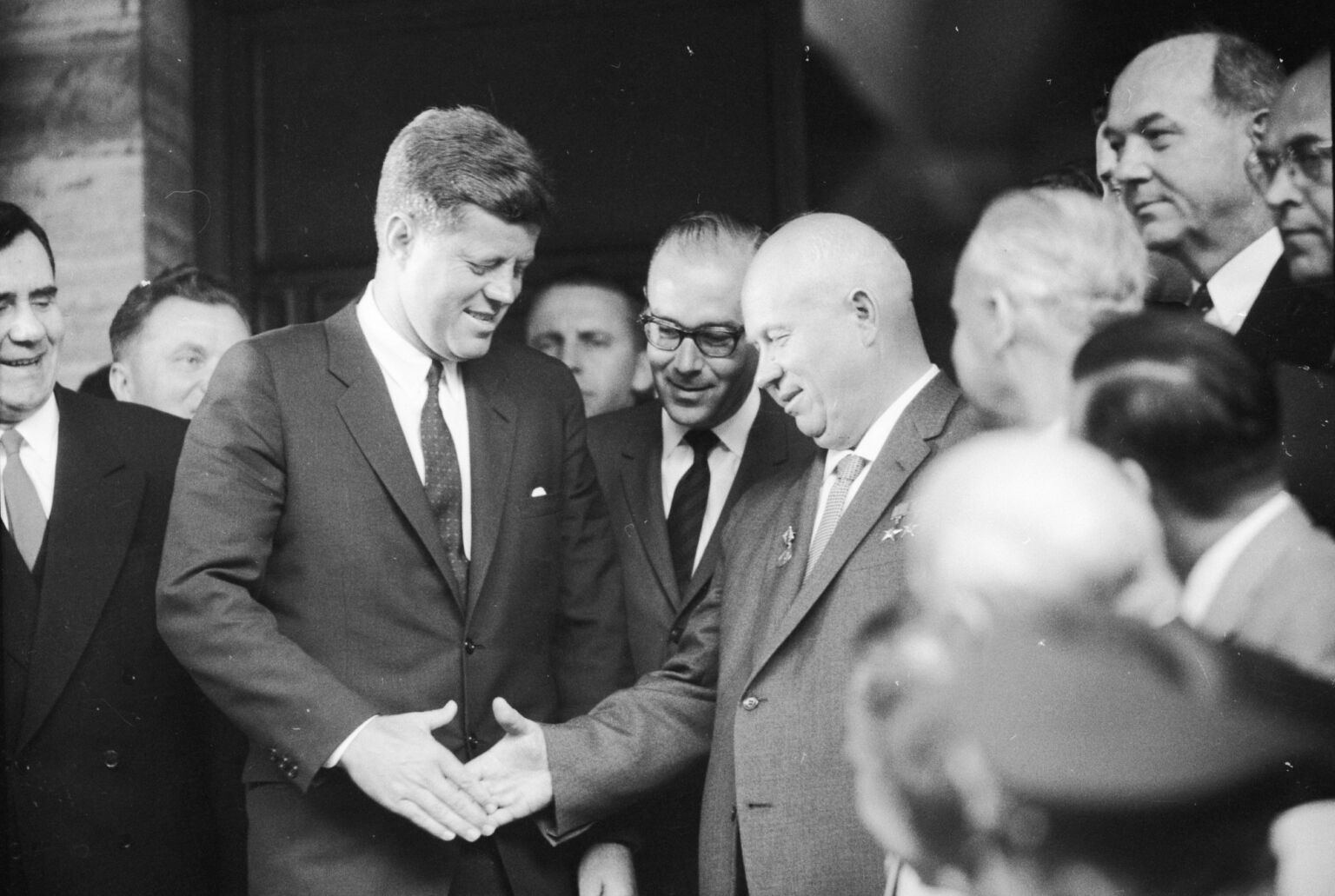
Diplomacy and cooler heads ultimately prevailed, as both sides agreed to a deal that involved the removal of Soviet missiles from Cuba in exchange for a U.S. pledge not to invade the island.
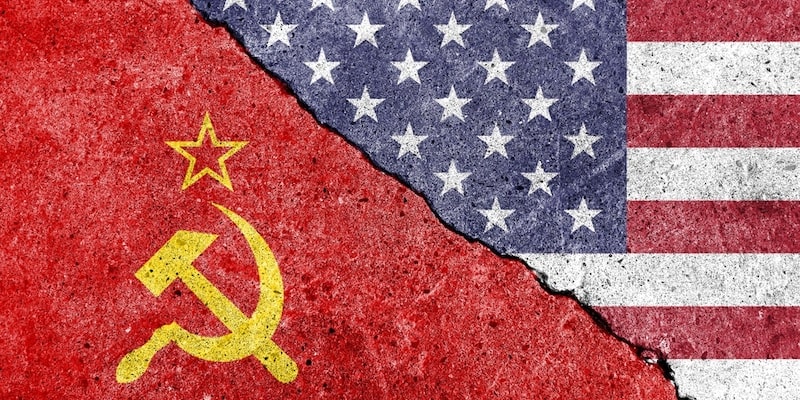
Had this standoff escalated, it is widely believed that the Cuban Missile Crisis would have led to a full-scale nuclear war, potentially wiping out millions of lives and drastically altering the course of history.
2.The 1983 Soviet False Alarm: A Close Call That Almost Triggered Nuclear War
In 1983, a Soviet military officer named Stanislav Petrov found himself facing a decision that could have led to the outbreak of nuclear war.The incident, known as the Soviet False Alarm, occurred when the Soviet Union’s early-warning system detected what appeared to be an incoming missile strike from the United States. In a moment of sheer instinct, Petrov decided to ignore the warning, understanding that it could be a false alarm.

At the time, the Soviet Union had a policy of retaliation in the event of a nuclear strike, meaning that if the alarms had been acted upon, Soviet missiles would have been launched in response, and a devastating conflict would have followed. Petrov’s decision to hold off on notifying his superiors likely saved millions of lives. The system malfunctioned due to a satellite misinterpretation, and no actual attack was underway.
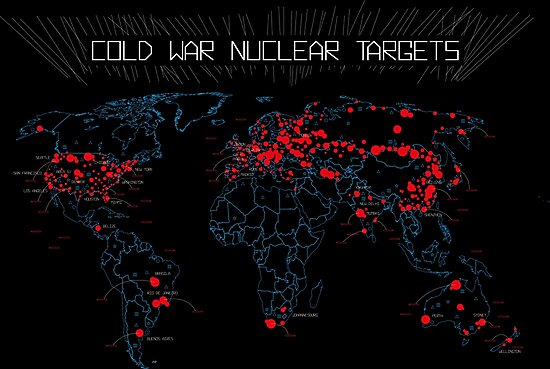
Had Petrov followed protocol, believing the alarm was accurate, the world would have faced the possibility of an all-out nuclear exchange during the peak of the Cold War.
2.The 1979 NORAD Computer Glitch: How a Technical Error Nearly Could Have Led To A Nuclear War
In 1979, a simple computer glitch at the North American Aerospace Defense Command (NORAD) brought the world to the brink of nuclear war. During a routine training exercise, the system mistakenly detected a large-scale missile attack from the Soviet Union. The false alarm triggered the U.S. military’s highest alert level, and emergency protocols were immediately set in motion.
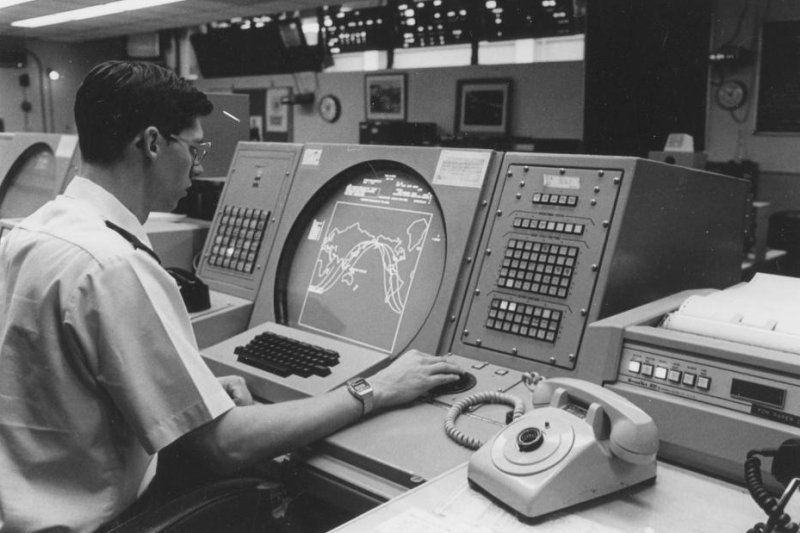
Thanks to the quick thinking of NORAD personnel, who questioned the authenticity of the warning, the situation was quickly defused. After a thorough investigation, it was discovered that a faulty computer chip had caused the error, which led to the mistaken missile launch detection.
Had the alarm been acted upon without further verification, it’s believed that the U.S. would have retaliated with a nuclear strike, escalating the situation into a full-blown nuclear war.
This incident remains a chilling reminder of how technology, when malfunctioning, can escalate tensions and nearly cause catastrophic consequences.
Deja una respuesta